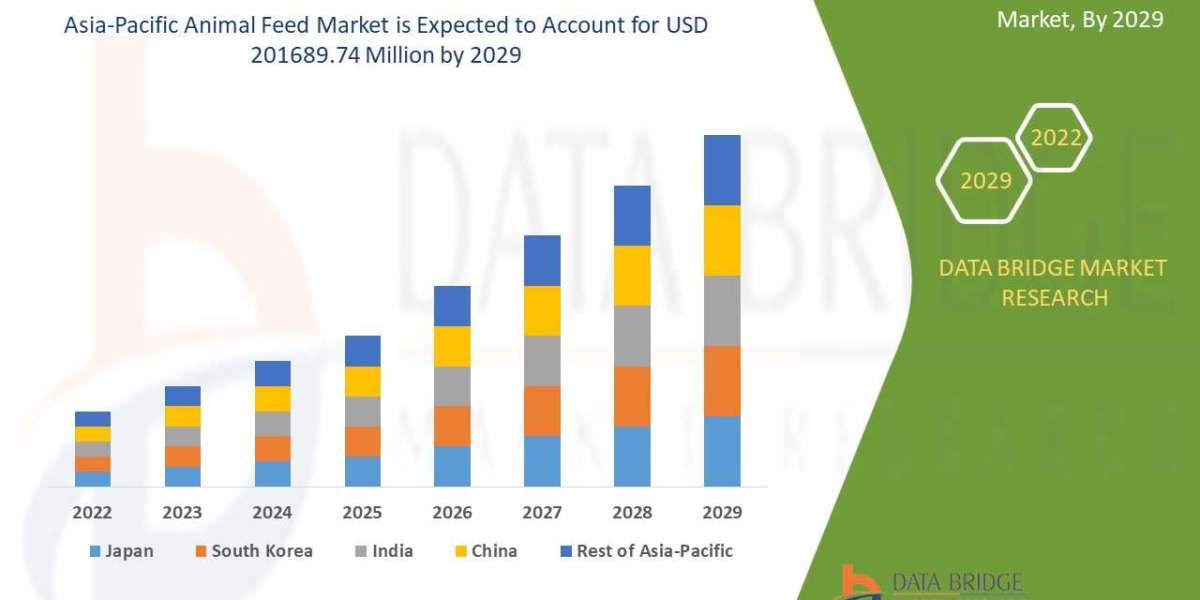The restaurant industry is undergoing a digital transformation, and electronic menu boards (EMBs) and digital menu boards (DMBs) are at the forefront of this change. These dynamic displays replace traditional static menus, offering restaurants a powerful way to enhance customer experience, streamline operations, and boost profitability.
What Are Electronic & Digital Menu Boards?
An electronic menu board (EMB) or digital menu board (DMB) is a screen-based display—typically LCD, LED, or touchscreen—that showcases a restaurant’s menu items, promotions, and branding in real time. Unlike printed menus, these digital solutions allow for instant updates, interactive features, and engaging multimedia content.
Key Differences Between Electronic & Digital Menu Boards
While the terms are often used interchangeably, there are subtle distinctions:
Electronic Menu Boards (EMBs): Typically refer to simpler digital displays, sometimes with limited interactivity.
Digital Menu Boards (DMBs): Often include advanced features like touchscreen ordering, real-time pricing changes, and integration with POS systems.
Why Restaurants Are Switching to Digital Menu Boards
1. Dynamic & Real-Time Updates
Change menu items, prices, and promotions instantly—no need for costly reprints.
Highlight daily specials, seasonal dishes, or sold-out items automatically.
2. Enhanced Visual Appeal & Engagement
Use high-resolution images, videos, and animations to make food more enticing.
Rotate promotions based on time of day (e.g., breakfast combos in the morning).
3. Improved Operational Efficiency
Sync with POS systems to reflect real-time inventory (e.g., "Sold Out" notifications).
Reduce customer wait times with clear, easy-to-read digital displays.
4. Increased Sales & Upselling Opportunities
Promote high-margin items or combo deals strategically.
Use eye-catching animations to draw attention to special offers.
5. Cost Savings & Sustainability
Eliminate printing costs and reduce paper waste.
Long-term investment with minimal maintenance compared to traditional menus.
Types of Digital Menu Boards
**1. Drive-Thru Menu Boards
High-brightness displays for outdoor visibility.
Dynamic pricing (e.g., surge pricing during peak hours).
**2. Indoor Countertop & Wall-Mounted Displays
Used in fast-food chains, cafes, and fine-dining restaurants.
Can include touchscreen ordering for self-service kiosks.
**3. Tabletop & QR Code Digital Menus
Interactive tablets at each table for a modern dining experience.
Customers scan a QR code to view the menu on their phones.
How to Implement Digital Menu Boards in Your Restaurant
Step 1: Choose the Right Hardware
Brightness & Durability: For outdoor or sunlit areas, opt for high-nit displays.
Touchscreen vs. Non-Interactive: Decide if you need self-ordering capabilities.
Step 2: Select a Digital Signage Software
Cloud-based solutions (e.g., ScreenCloud, Yodeck, NoviSign) allow remote updates.
Look for drag-and-drop editors to easily customize content.
Step 3: Design Engaging Content
Use pre-made templates or hire a designer for a branded look.
Include high-quality food images, animations, and clear pricing.
Step 4: Integrate with POS & Inventory Systems
Automatically update menu items when inventory runs low.
Sync pricing changes across all locations instantly.
Best Practices for Digital Menu Boards
✔ Keep It Simple – Avoid clutter; focus on readability.
✔ Update Regularly – Rotate promotions to keep customers interested.
✔ Use Data-Driven Strategies – Highlight bestsellers based on sales analytics.
✔ Ensure Fast Loading Times – Optimize media files for quick display transitions.
Future Trends in Digital Menu Technology
AI-Powered Personalization: Display tailored recommendations based on customer preferences.
Voice-Activated Menus: Allow hands-free ordering via voice commands.
Augmented Reality (AR) Menus: Let customers visualize dishes in 3D before ordering.
Conclusion
Electronic and digital menu boards are no longer a luxury—they’re a must-have for restaurants looking to stay competitive. With benefits like real-time updates, cost savings, and increased sales, transitioning to digital menus is a smart investment.
By choosing the right hardware, software, and content strategy, restaurants can create a seamless, engaging, and efficient ordering experience for customers.
Is your restaurant ready to go digital? Start exploring digital menu board solutions today and elevate your dining experience! ?



